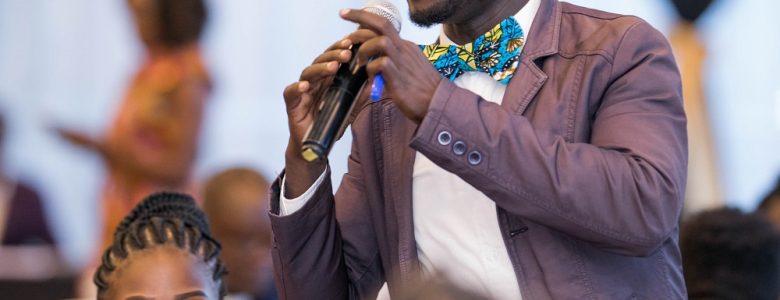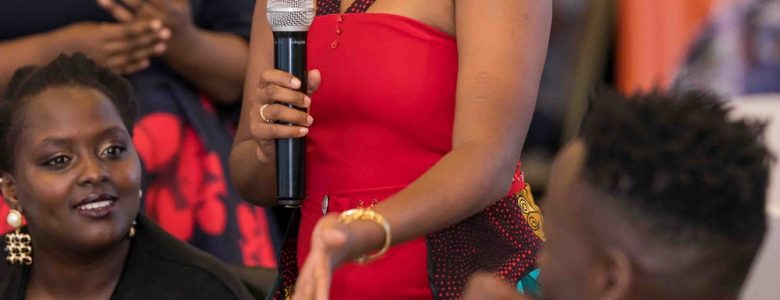Add Your Heading Text Here
SAYDS MEDIA
November 16, 2022
Systemic Thinking

As a Youth, tackling complex social problems in society has proved challenging because we hardly have the opportunity to share a platform with the decision-makers.
My name is Eric Nyanjom. I hail from Kisumu, Kenya,but I currently reside in Nairobi where I am pursuing higher education at the University of Nairobi.
I am pursuing a Bachelor of Architecture degree after graduating with a Bachelor of Architectural Studies degree in 2022. This is driven by a strong passion for design and the building industry while at the same time focusing on positive environmental contributions.
I also have an active passion for youth empowerment, with a focus on alleviating unemployment among the youth. To this end, a friend and I set up a company called Olympus Empower to help address this by exploring opportunities in sports and entrepreneurship.
Before learning about SAYDS, I did not know about complexity and systems thinking. However, I always wondered how those responsible for large numbers of people could come up with and make critical decisions that have effective outcomes.
Since joining SAYDS, I have learned a lot, especially about the nature of social problems. They are non-linear and often have structures. I also learned the language to describe the interconnections between various components.
To effectively tackle complex social problems, I have learned that one needs to consider all structural components, examining what motivates each and what each of them stands to lose or gain from any proposed course of action. Before SAYDS, I approached problems much more simplistically.
Before joining SAYDS, my confidence in my abilities to tackle complex social problems was low. I recognize numerous essential components but did not know how to address them collectively to achieve a set objective.
Currently, my confidence has increased. I have a deeper capacity to critically analyze social problems before even proposing possible solutions. This helps generate a more sustainable model.
Before joining SAYDS, as a Council member of the Architecture Students Association (ASA), I was involved in proposing solutions to help solve problems affecting both students and school staff. However, I did not necessarily use complexity thinking. Instead, I’d say my view was sometimes myopic, only considering a few players and basing my proposals on what the few would need. This has since changed.
As a Youth, tackling complex social problems in society has proved challenging. At least because we hardly have the opportunity to share a platform with the decision-makers. This can be frustrating as one might have an excellent idea but fail to implement it. Also, resources are limited. One needs resources to fully develop solutions that have the potential to help all components of the structure.
I believe I am better placed to help tackle complex social problems because I have knowledge and skills in systems thinking through SAYDS. Moreover, SAYDS has endeavored to help to connect us to those involved in the actual policy and law-making processes, creating a thunderous impact with our proposals.
Moving forward, I plan to use the knowledge of systems thinking to help my community and aid in decision-making in any leadership roles I may find myself in. The knowledge gained will help guide my decision-making processes for everyone involved.
I plan to immerse myself more in community initiatives to empower the youth and the disadvantaged. Core to my initiatives would be to promote gainful engagement of the youth to tap their potential and help society at large fully.
Recent Post
SAYDS Elevated My Systems Thinking Skills
November 16, 2022
SAYDS has Equipped Me With The Necessary Skills to Tackle Complex Social ProblemsNovember 16, 2022
SAYDS Has Widened My Understanding of Complex ProblemsVolunteer
You will be placed in the appropriate team or project depending on your skills and experience. Please reach out if you can assist us in any of the following fields:








